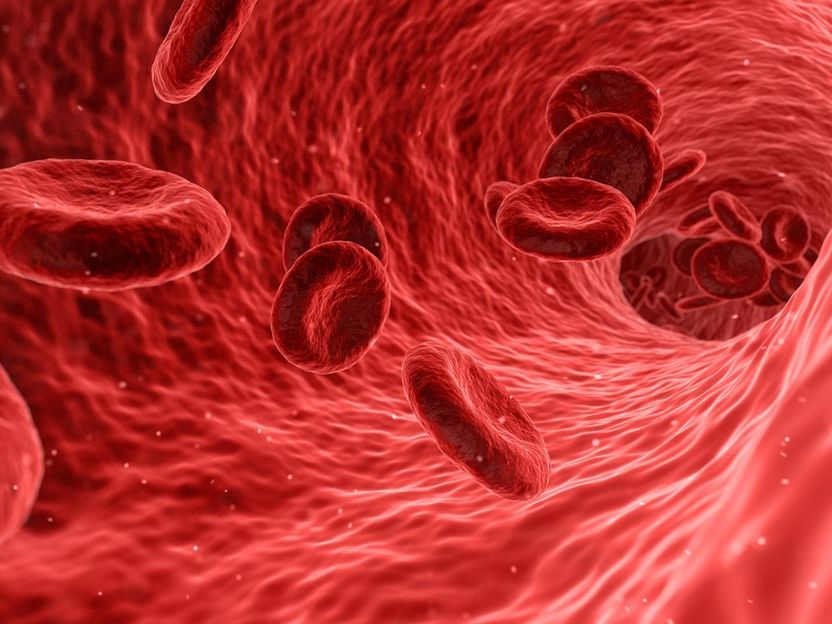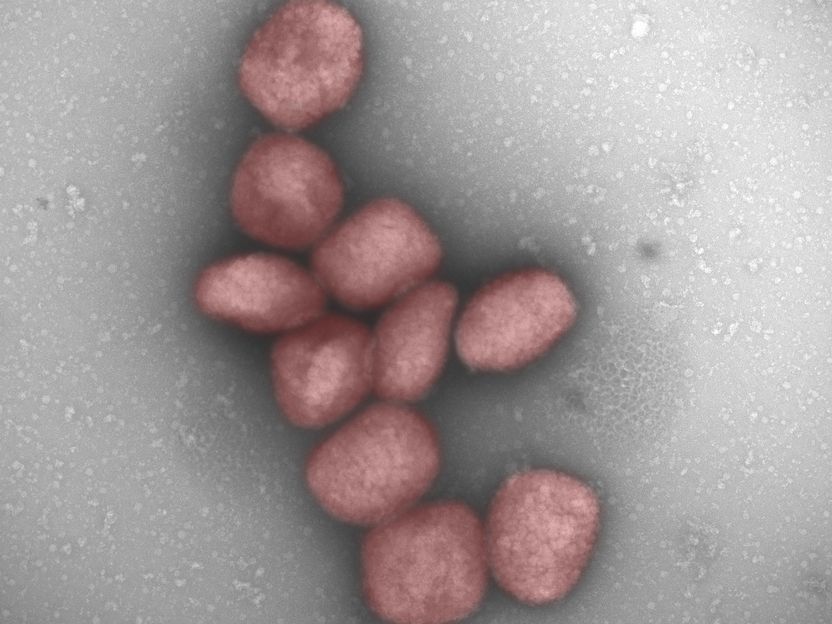Patented molecules that counteract the effect of the most common anticoagulant drug
CSIC researchers identify molecules that reverse the anticoagulant effect of heparin, used to treat patients at risk of blood thrombi
A study carried out by scientists at the Institute of Advanced Chemistry of Catalonia (IQAC-CSIC) of the Spanish National Research Council (CSIC) has discovered and synthesized several molecules that inhibit the effect of the most common anticoagulant drug. This drug is very useful for treating patients at risk of thrombosis, but in many cases it is essential to block its action when these patients are facing surgery to avoid uncontrolled bleeding. Two of these molecules have been tested, with very good results, in mouse trials, which could be the first step in the design of possible drugs. The results of the research have been patented and published in The Journal of Medicinal Chemistry (ACS).

Heparin is used as an anticoagulant, but also as an antiviral and anticancer agent.
Pixabay
In 2018 the proof-of-concept was published as a hot paper in Angewandte Chemie International Edition, in which the researchers used dynamic combinatorial chemical systems and achieved a single molecule that inhibited in vitro the effect of heparin, the most widely used anticoagulant drug. In this work, the team led by Ignacio Alfonso, from the Institute of Advanced Chemistry of Catalonia, has used this same methodology for a broader screening, which has led them to discover molecules with greater potential that have been able to make the leap to ex vivo and in vivo assays with mice. "The mouse coagulation assays show that the optimized molecules are potent antidotes with potential use as heparin reversal drugs," explains the researcher.
Heparin is widely used in the clinic mainly as an anticoagulant, but also as an antiviral and anticancer agent. Moreover, its use has been further revitalized with the covid-19 pandemic, as it is now being used as a preventive treatment for thrombi in coronavirus patients and pregnant women. "Although it is one of the most common anticoagulant drugs, it is not free of dangers, and it is essential to have an efficient and varied battery of antidotes," Alfonso points out.
"Heparin treatment is very common in patients at risk of developing blood thrombi. However, in some cases there are allergic reactions or overdoses, which cause the appearance of significant hematomas or even uncontrolled bleeding," the researcher points out. "This is especially critical in patients under treatment with heparin who need urgent or unexpected surgery (e.g., after severe trauma or a cardiovascular accident). In these cases, inhibition of circulating heparin in the bloodstream is essential to avoid complications due to excessive bleeding," he adds.
Currently, protamine sulfate is the antidote that exists to neutralize the action of heparin, but it is a high molecular weight drug, so it can have drawbacks. To date, there is no small molecule on the market that inhibits the anticoagulant effect of heparin. "The search for heparin antidotes based on small molecules remains a challenge due to the physicochemical properties of this anionic polysaccharide," Alfonso points out.
In this work, the methodology based on dynamic combinatorial chemistry has been used again, which combines in a single process the selection, identification and preparation of molecules for a given application, accelerating the development of new functional compounds. The limited structural information and heterogeneity of the heparin molecule make it a good candidate as a model in dynamic combinatorial chemistry, since this methodology does not require detailed knowledge of the structure of the target molecule.
"The results obtained from this research underline the success of this methodology. In addition, an excellent correlation has been found between the screening results and the inhibition of heparin with in vitro enzymatic assays, from which a small collection of molecules with good activity were obtained. From this battery of molecules, two of them presented significantly better in vitro activities than those obtained in 2018, and were therefore tested in in vivo assays obtaining excellent results," explains the researcher. "This study represents a definitive validation of our approach," Alfonso concludes.
Therefore, the projection of dynamic combinatorial chemistry proves to be a very powerful tool for the discovery of new milestones in future drug development where conventional approaches have found it very difficult to succeed.
Note: This article has been translated using a computer system without human intervention. LUMITOS offers these automatic translations to present a wider range of current news. Since this article has been translated with automatic translation, it is possible that it contains errors in vocabulary, syntax or grammar. The original article in Spanish can be found here.




















































